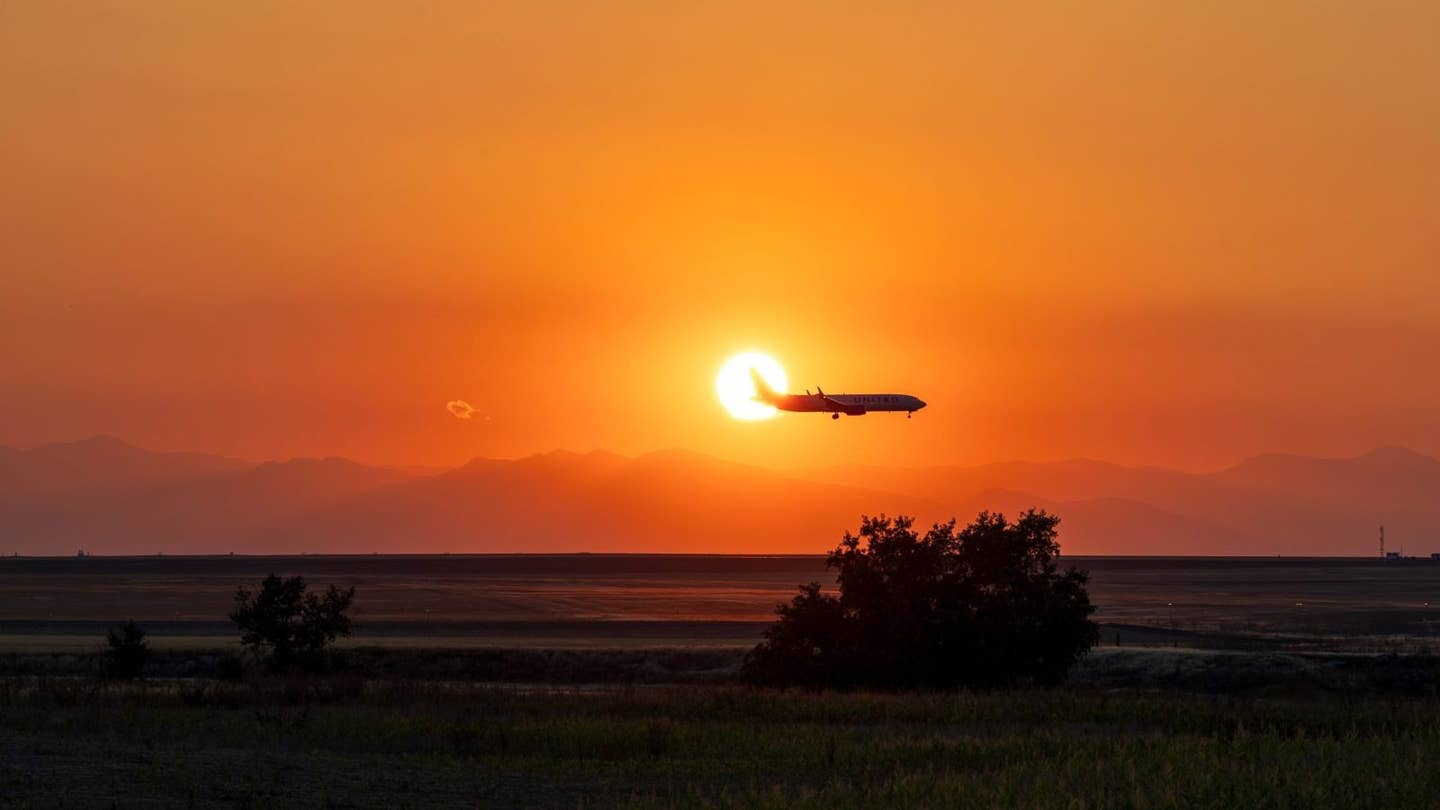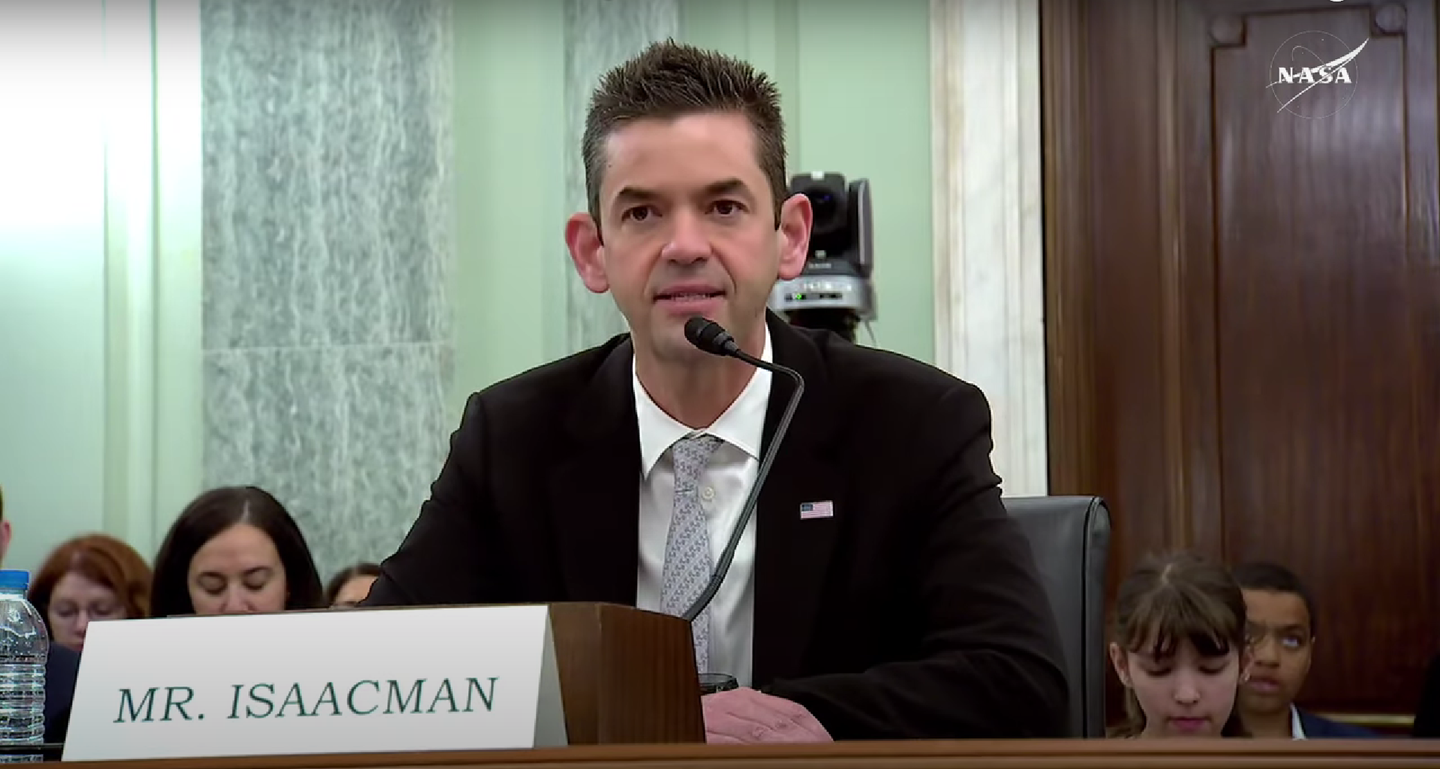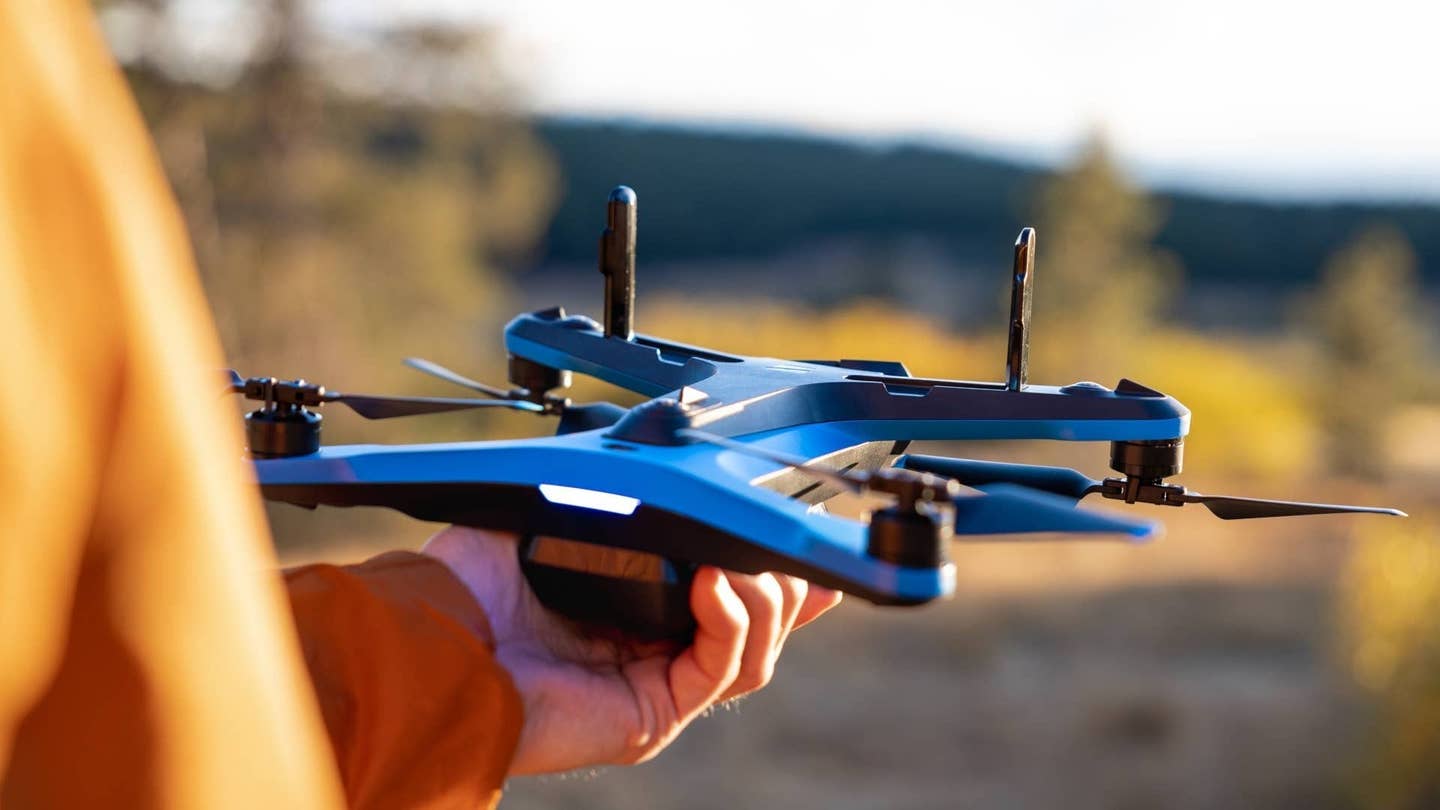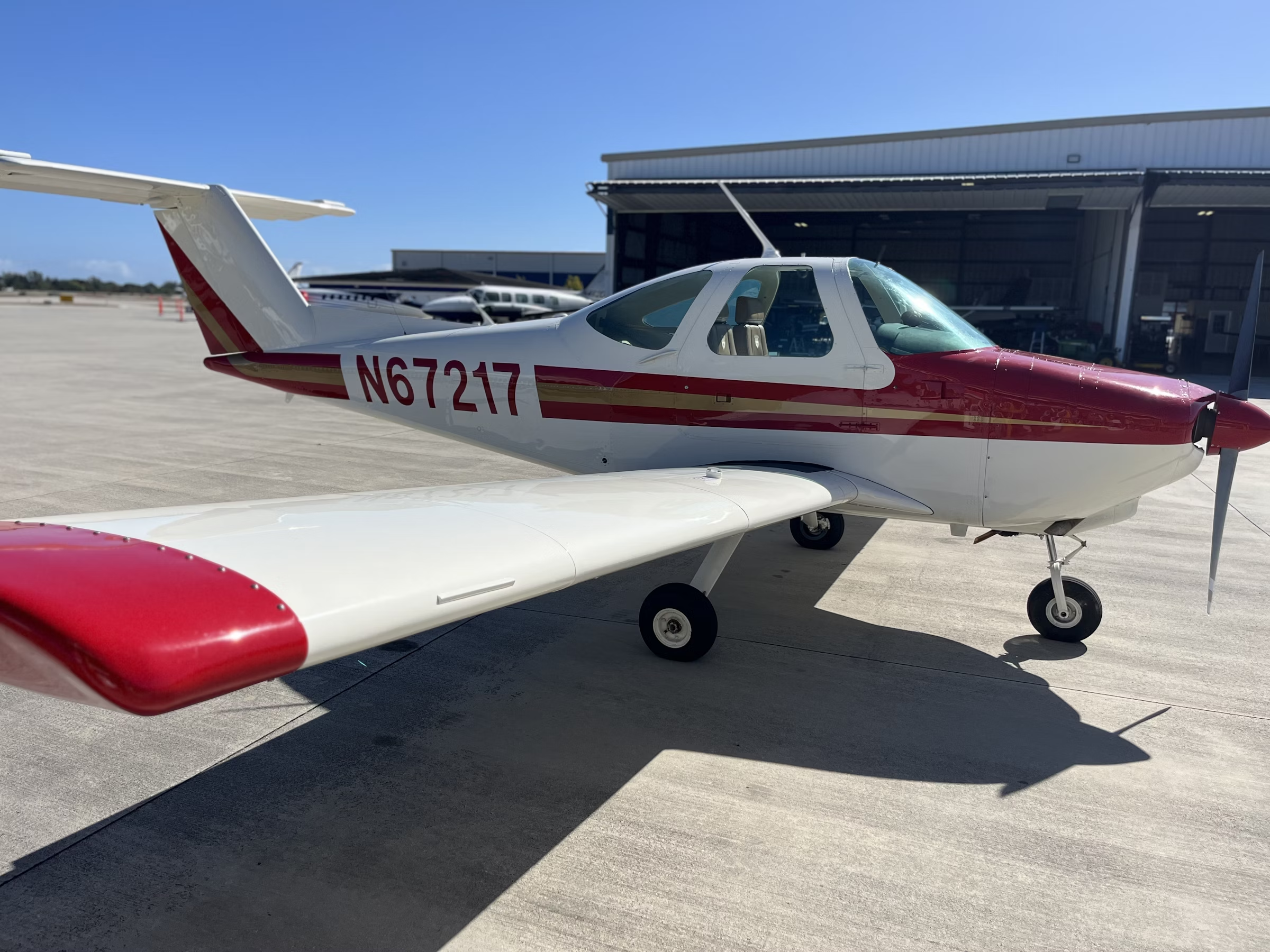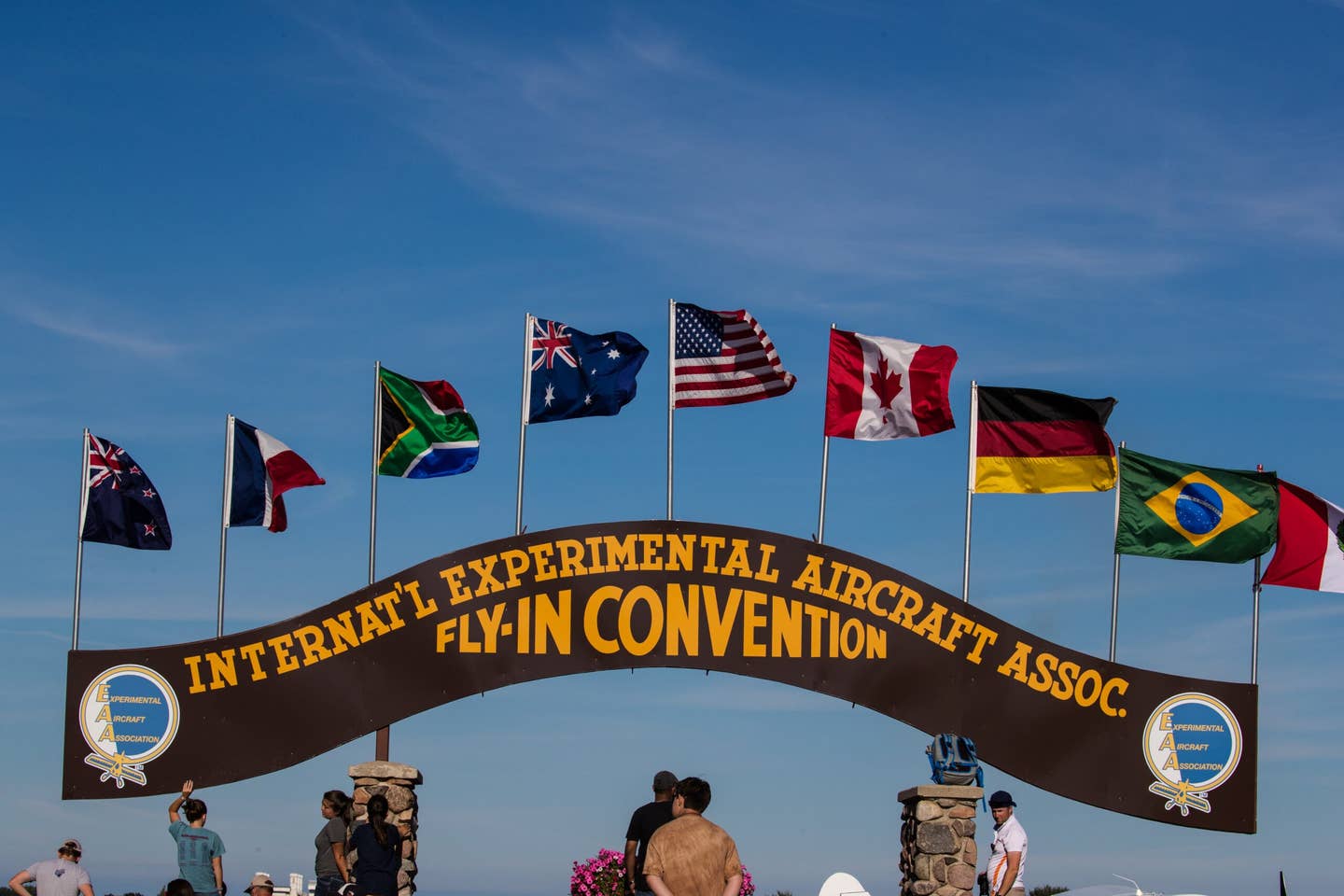Starliner Astronauts Prepare for Extended ISS Stay
NASA and Boeing representatives on Friday said the crew will not return until additional testing, which may take weeks, is complete.
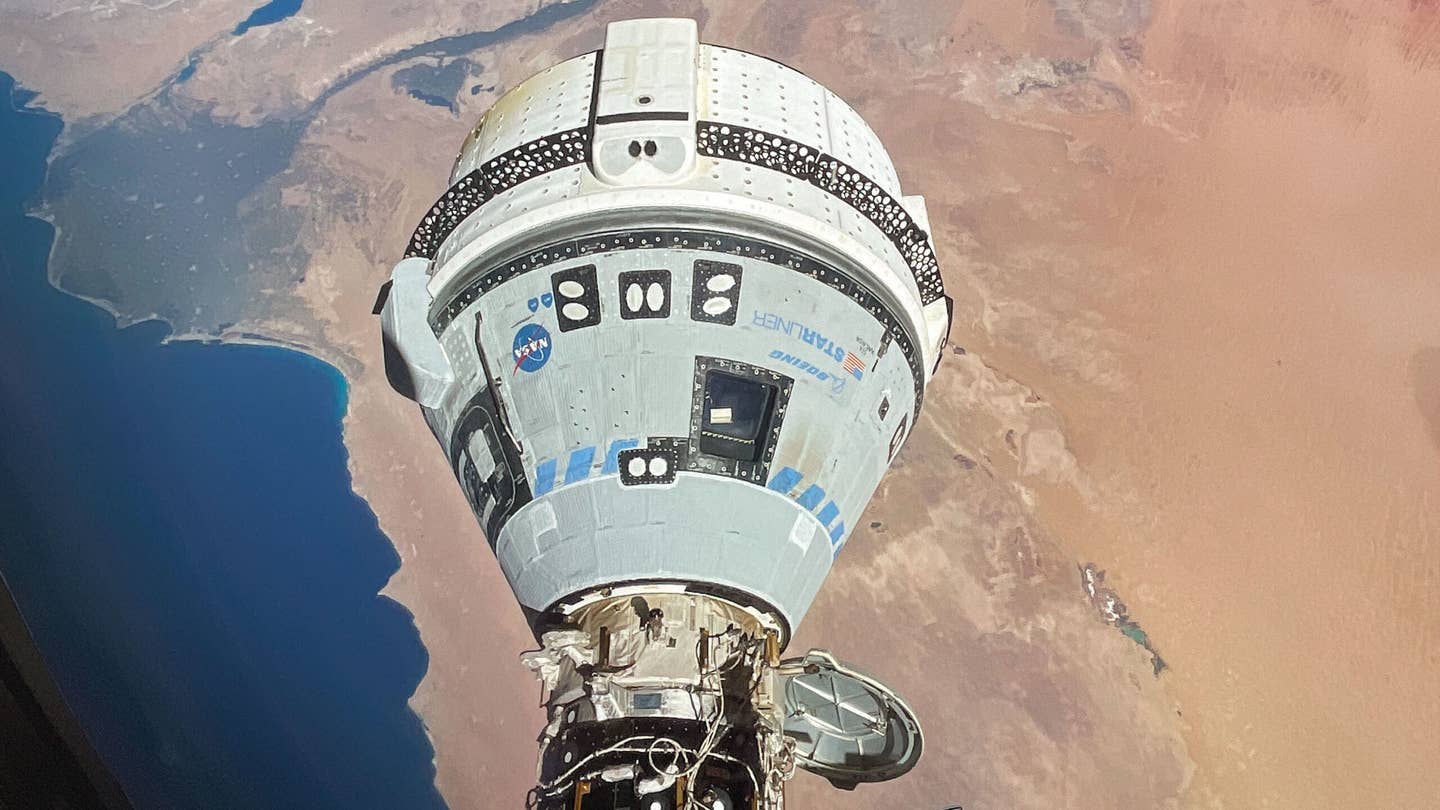
Boeing’s Starliner space capsule has been docked to the International Space Station since June 6. [Courtesy: NASA]
Astronauts Butch Wilmore and Suni Williams—the two-person crew of NASA and Boeing’s Starliner crew flight test (CFT)—will remain on the International Space Station (ISS) for at least a few more weeks.
During a media briefing on Friday, NASA and Boeing representatives said the astronauts’ return to Earth will come after ground testing at the White Sands Test Facility in New Mexico is complete. Teams are working to re-create some of the issues experienced by the reusable spacecraft during its inaugural crewed flight to the orbital laboratory.
According to Steve Stich, manager of NASA’s Commercial Crew program, Starliner was originally deemed safe for a stay as long as 45 days on the ISS. Crews are in the process of extending its battery life, which Stich said will keep the risk level manageable for another 45 days, at least.
However, he conceded that NASA and Boeing “understand it’s going to take a little bit longer” to certify Starliner than previously planned. The spacecraft is scheduled to fly its first service mission, Starliner-1, early next year. Officials said SpaceX’s Crew Dragon, which has completed all eight commercial crew rotation missions to the ISS to date, could take that slot.
“We’re not in any rush to come home,” Stich said Friday. “The risk for the next 45 days is essentially the same as for the first 45 days.”
Added Ken Bowersox, associate administrator of NASA’s Space Operations Mission Directorate: “We have the luxury of time.”
Stich, Bowersox, and Mark Nappi, the manager of Boeing’s commercial crew program, reiterated that “engineering data suggests” Starliner is safe to return Wilmore and Williams to Earth in the event of an emergency.
Officials also reported that the spacecraft is in “good shape” despite two lingering issues—a set of helium leaks and faulty thrusters.
A total of five helium leaks have sprung up on Starliner’s service module, which makes tiny maneuvers to the spacecraft to assist in docking and keep it in orbit. After testing the helium manifolds earlier this month, NASA found that leak rates had declined. Stich on Friday said those rates have not changed.
The other issue involves the service module’s thrusters, some of which did not fire at full strength en route to the ISS. These were also assessed earlier this month, and Stich said performance on all thrusters is between 80 and 100 percent.
It appears the thrusters are the main factor necessitating a longer mission for Starliner. As soon as Tuesday, engineers will begin testing an identical component at White Sands to re-create the firing pattern of one of the in-orbit thrusters. Officials said the campaign is expected to last several weeks and could be extended.
According to Nappi, teams want to keep Starliner in space for the evaluations because they could inform additional in-orbit tests or a modification of the spacecraft’s undocking procedure. He said crews do not yet understand the issue well enough to fix them permanently and that it would be “irresponsible” not to use additional time to conduct testing. Starliner’s crew module is reusable for up to 10 missions, but the service module will be jettisoned during the CFT.
Nappi said he has been in contact with Wilmore and Williams and that they remain in good spirits, describing Starliner as “pristine and precise.” The astronauts are able to communicate with their families daily and according to officials are not “stranded.”
On Wednesday, Starliner got another real-life test when an in-orbit satellite breakup created a debris field that hurtled toward the ISS. Wilmore and Williams tested the spacecraft’s ability to act as a “safe haven” in the case of a contingency on the space station, getting inside, powering it up, and sealing the hatch. They remained inside for an hour and according to officials were prepared to initiate an undocking if necessary.
Like this story? We think you'll also like the Future of FLYING newsletter sent every Thursday afternoon. Sign up now.

Sign-up for newsletters & special offers!
Get the latest FLYING stories & special offers delivered directly to your inbox

